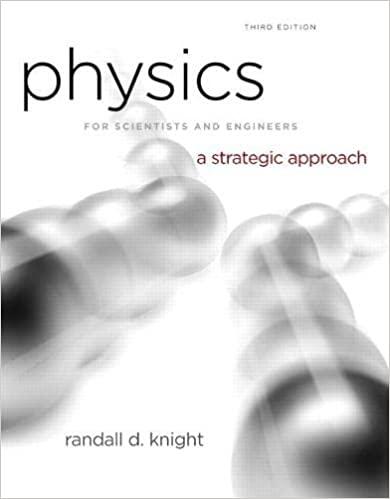In general, an atom can have both orbital angular momentum and spin angular momentum. The total angular
Question:
In general, an atom can have both orbital angular momentum and spin angular momentum. The total angular momentum is defined to be J(vector) = L(vector) + S(vector). The total angular momentum is quantized in the same way as L(vector) and S(vector). That is, J = √j(j +1)h, where j is the total angular momentum quantum number. The z-component of J(vector) is Jz = Lz + Sz = mjh, where mj goes in integer steps from -j to +j. Consider a hydrogen atom in a p state, with l = 1.
a. Lz has three possible values and Sz has two. List all possible combinations of Lz and Sz. For each, compute Jz and determine the quantum number mj. Put your results in table.
b. The number of values of Jz that you found in part a is too many to go with a single value of j. But you should be able to divide the values of Jz into two groups that correspond to two values of j. What are the allowed values of j? Explain. In a classical atom, there would be no restrictions on how the two angular momenta L(vector) and S(vector) can combine. Quantum mechanics is different. You’ve now shown that there are only two allowed ways to add these two angular momenta.
Step by Step Answer:

Physics For Scientists And Engineers A Strategic Approach With Modern Physics
ISBN: 9780321740908
3rd Edition
Authors: Randall D. Knight





